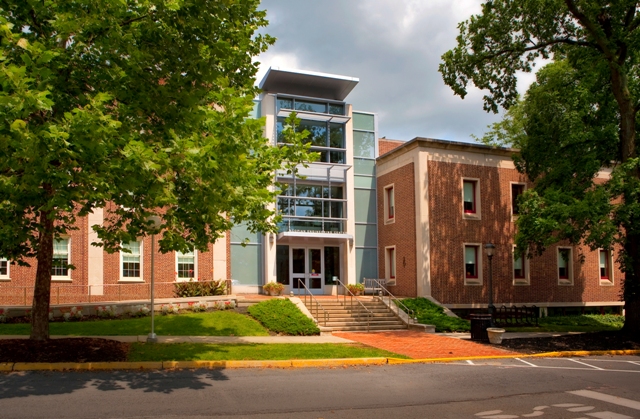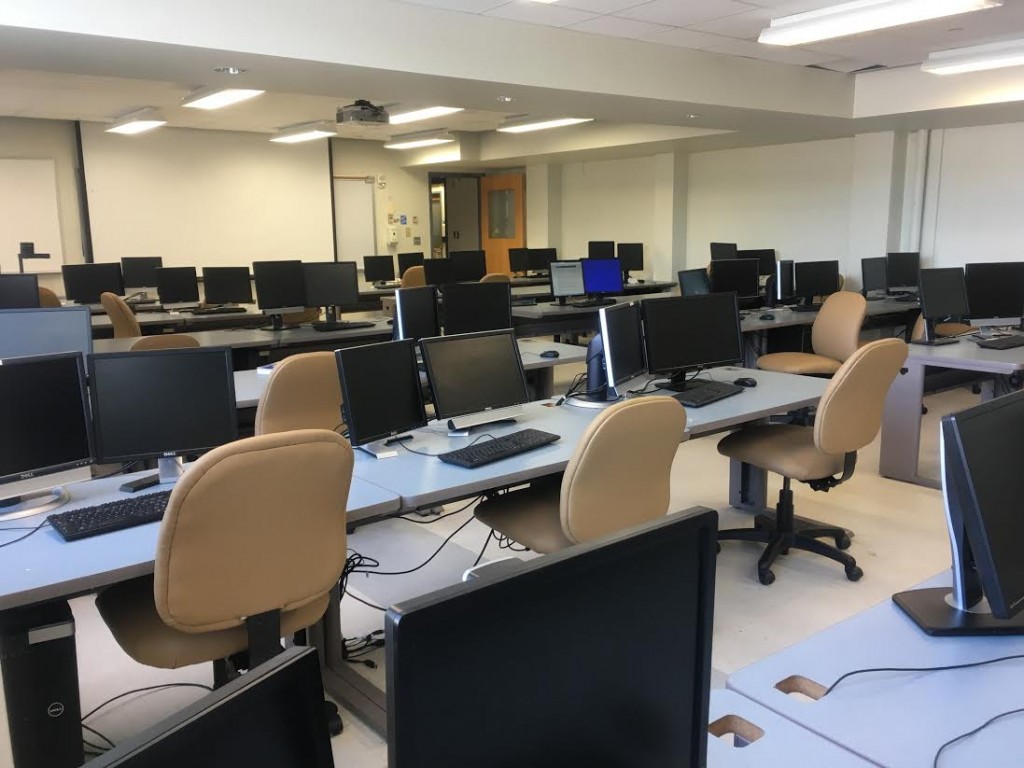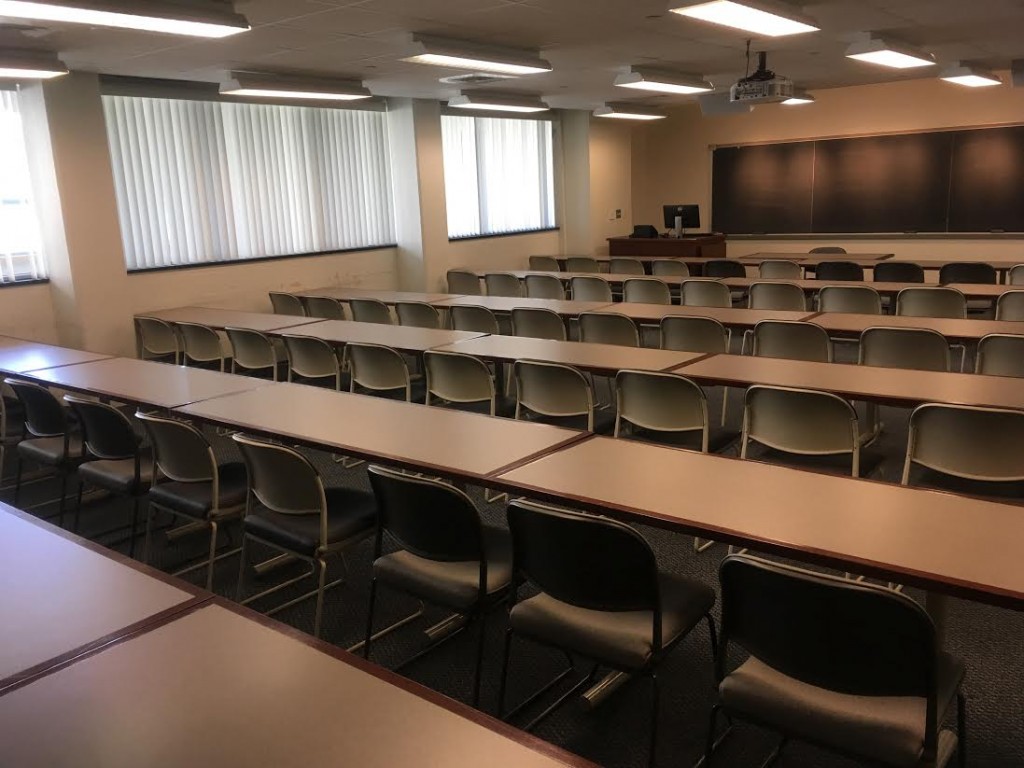Acopian Engineering Center
Acopian Engineering Center is a 90,0000-square-foot, five-story structure that houses the Chemical Engineering Department on the second floor.
 Acopian Engineering Center includes laboratories designed specifically for student-faculty research, high-tech classrooms equipped with instructional technology, and student learning centers designed and equipped specially for use by the students in each major.
Acopian Engineering Center includes laboratories designed specifically for student-faculty research, high-tech classrooms equipped with instructional technology, and student learning centers designed and equipped specially for use by the students in each major.
Computers and Computer Laboratories
All computer laboratories are equipped with multimedia projection systems. The College and the Engineering Division maintain several PC and workstation laboratories that chemical engineering students can use for their course needs. The College maintains site licenses for educational software common to most curricula. In addition, all residence halls and many common areas have ports for local network access to the Internet. Within the Engineering Division, a director of computer-aided engineering (CAE) labs handles all software installations, upgrade tasks, and most hardware issues. The College maintains a number of computing support staff.
 Computers are available to chemical engineering students in all laboratory facilities. The department also shares divisional computer laboratories for instructional purposes when necessary. These laboratories are equipped with state-of-the-art hardware and software and are supervised by the CAE lab director. Furthermore, the departmental Student Learning Center has about 10 computers networked to the departmental server as well as the campus network. The departmental server provides all software packages specific to curriculum needs. Each student has access to 200MB of personal network server space, as well as ample space on a departmental server for class and group project work.
Computers are available to chemical engineering students in all laboratory facilities. The department also shares divisional computer laboratories for instructional purposes when necessary. These laboratories are equipped with state-of-the-art hardware and software and are supervised by the CAE lab director. Furthermore, the departmental Student Learning Center has about 10 computers networked to the departmental server as well as the campus network. The departmental server provides all software packages specific to curriculum needs. Each student has access to 200MB of personal network server space, as well as ample space on a departmental server for class and group project work.
Classrooms
 Engineering classrooms are designed to encourage learning in a comfortable environment. Many classrooms have state-of-the-art teaching technology. These “smart” classrooms are equipped with computers wired to the campus network, thus allowing access to all computer software on the Internet. These computers interface to multimedia projection systems capable of displaying video, digital images, traditional overhead images, print images, and objects.
Engineering classrooms are designed to encourage learning in a comfortable environment. Many classrooms have state-of-the-art teaching technology. These “smart” classrooms are equipped with computers wired to the campus network, thus allowing access to all computer software on the Internet. These computers interface to multimedia projection systems capable of displaying video, digital images, traditional overhead images, print images, and objects.